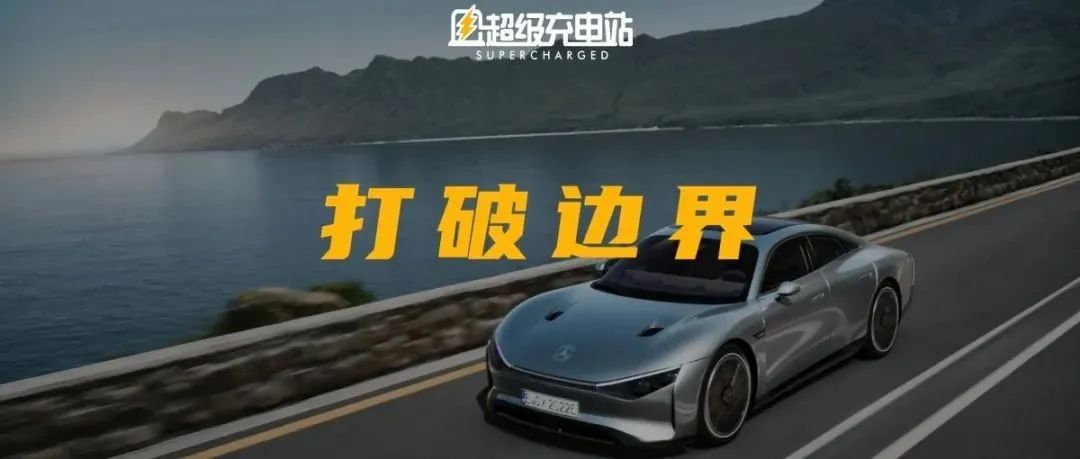Author: Chang Yan
Before writing this line, I had been sitting foolishly in front of the computer for 5 hours.
The reason is simple. In this life where it seems like a new world is seen every time you wake up, it is really difficult to come up with a creative opening to explain the "changes" in the automobile industry.
Until I accidentally clicked on a Mercedes-Benz video...
<video controls class="w-full" preload="metadata" poster="https://upload.42how.com/article/image_20220420224635.png">
<source src="https://upload.42how.com/v/%E8%A7%86%E9%A2%91%E7%B4%A0%E6%9D%90/%E5%A5%94%E9%A9%B0ahcua%E7%88%B1%E9%A9%B0.mp4">
</video>
"VISION EQXX concept car has a range of over 1000km in real-world test" - A concept car was completed in just 18 months? This car can really run? It actually ran over 1000 kilometers?
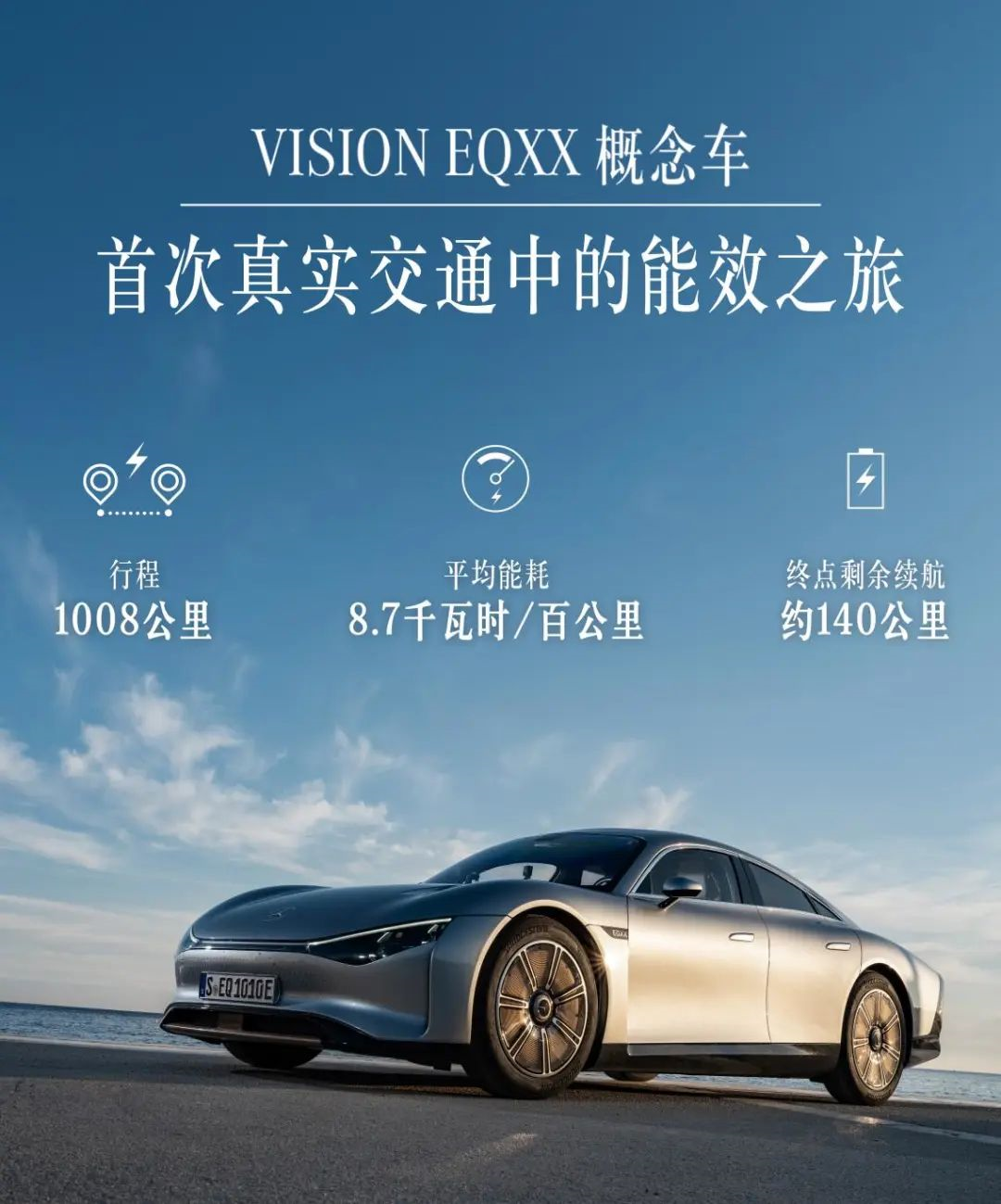
Let me explain that the above reaction is called the "surprise trifecta."
Accompanied by the "surprise" was also an opportunity for the super charging station. They interviewed Mr. Schäferming, a board member and CTO responsible for research and procurement at Mercedes-Benz AG. And what he told us was, "We will soon bring you more surprises."
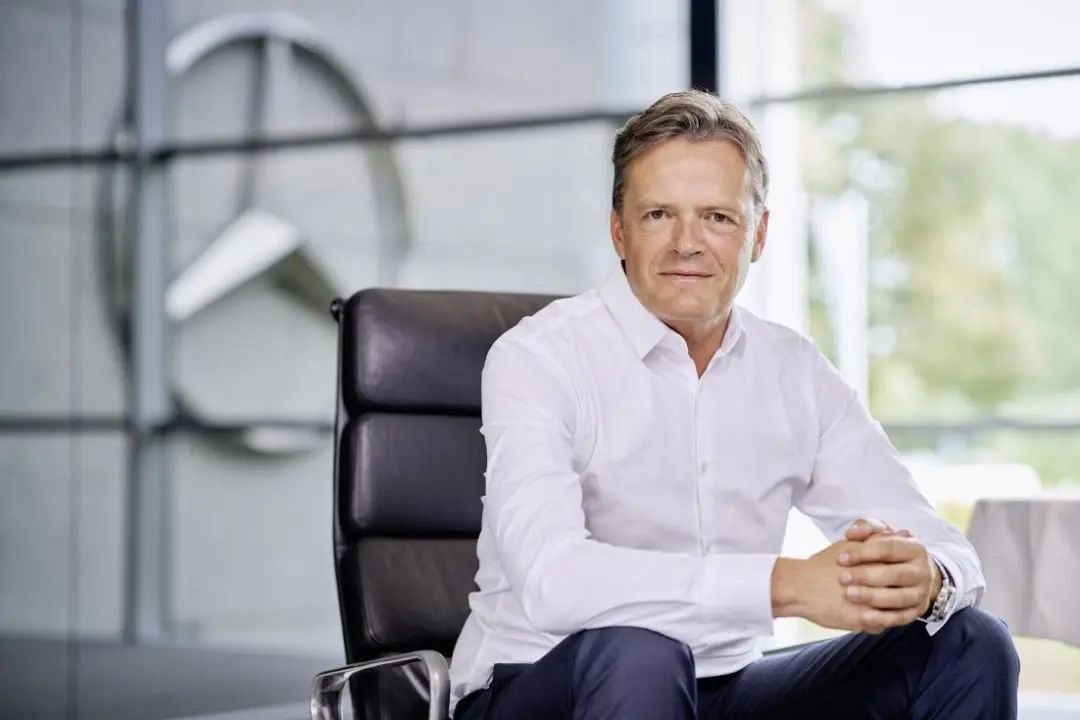
## Breaking Boundaries
Before the VISION EQXX concept car, the names of Mercedes-Benz electric cars were almost the most understandable among all brands.
EQ+X, whatever X represents is the positioning of the car.
**But when one X becomes two Xs, it exceeds our cognitive boundaries**.
Mr. Schäferming said that "X" represents the ultimate challenge, and "XX" means striving for innovation and breaking the limits.

Similarly, "VISION EQXX represents breaking the boundaries of electric travel."
Regarding the outstanding performance of the VISION EQXX concept car testing, we have explained it in detail in the article “What’s So Impressive About 1000 KM Single-Charge Range of The Mercedes-Benz EQXX?” Besides the test, we also learned more profound engineering issues from this interview.
In Mercedes-Benz’s view, there are three core indicators for the electric drive system: driving range, fast charging capability, and energy efficiency.
On the VISION EQXX concept car, we can see that Mercedes-Benz is developing and preparing to launch new battery technologies, including chemical composition, high-silicon anodes, and optimizing the spacing between battery cells in the battery pack, which utilizes a passive cooling system to maintain the battery’s thermal management in an efficient state.
Meanwhile, Mercedes-Benz’s fusion of electric drive technology developed by the Formula One team has increased efficiency, reaching 95% energy efficiency, which includes unique axial flux motor technology, further optimization of inverters and software systems. The result is that the vast majority of electric energy is used to drive the vehicle, reducing the significant energy consumption caused by cooling and heating in current electric vehicles.
And beyond the electric drive system, there are many creative inspirations from nature in the construction of the entire vehicle.
In terms of the appearance of the VISION EQXX concept car, you can see many elegant lines. When you focus on the inner part of the vehicle, you can see many mesh structures, which are the achievements brought by the principle of bionics. The design principle is like bone growth, “using load-bearing materials as much as possible in load-bearing parts and maximizing the reduction of material usage in non-load-bearing parts by leaving gaps, effectively reducing the weight of the vehicle through the principle of bionics and reducing material usage.”
In addition to lightweight construction, the VISION EQXX concept car extensively uses natural and sustainable materials on the interior and exterior decorations. “For example, high-performance and sustainable biotech materials based on mushrooms, cacti, and bamboo,” which sounds very environmentally friendly.The software of the VISION EQXX concept car also incorporates biomimetics technology, “we hope to use neuroform computing to interact with the vehicle for operation and control in the future, rather than just relying on touchscreens or voice commands with our fingers.”
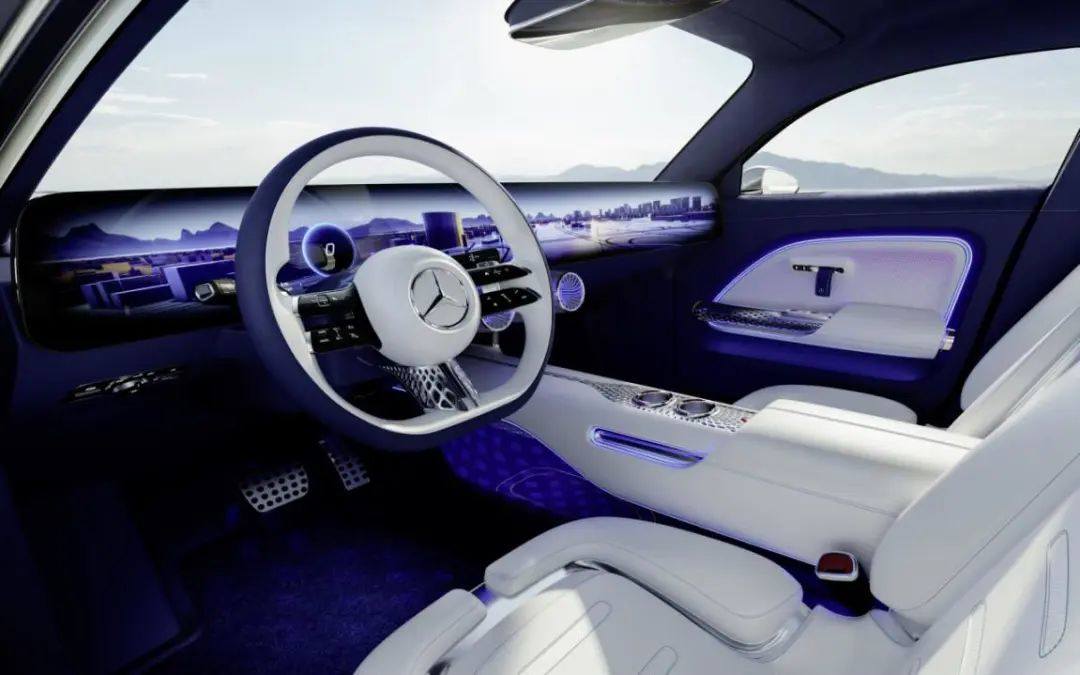
Someone once said that you can hear the sound of bamboo joints growing in the rapidly growing bamboo forest. I feel like you can hear this sound next to the VISION EQXX concept car too.
Sorry, I made a mistake, this is not just a concept car.
VISION EQXX is a concept car, but not in the traditional sense of concept cars that you only glimpse at car shows and never see again. It is a “prototype vehicle for technology exploration projects.”
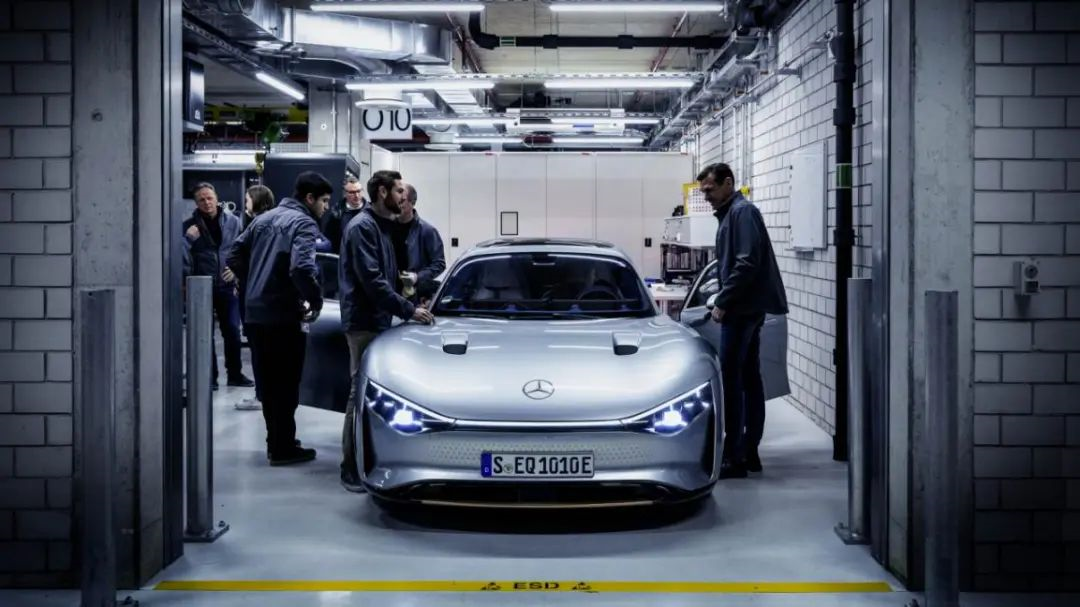
Xuefuming revealed that all the technologies on the VISION EQXX concept car will have a clear production plan.
“Starting in 2024, the advanced technologies will be gradually applied to production models, including the high-silicon battery technology, motor technology independently developed and produced by Mercedes-Benz, HMI human-machine interaction system and display technology, sustainable materials, lightweight body structure, and structural castings.”
“In 2025, almost all the technologies on the VISION EQXX concept car will be implemented in production.”

Combining with Mercedes-Benz’s recent technology release plan, we can infer that by 2024, most of the innovative applications on the VISION EQXX concept car will be integrated into the MMA platform, which will be a modular architecture platform designed specifically for compact and midsize vehicles by Mercedes-Benz.
In order to accelerate the dissemination of new technologies, Xuefuming also stated, “Some of these individual innovative technologies will gradually be applied in mass-produced models over the next two years.”
Throughout the process of technology development and accumulation, Mercedes-Benz has also begun to focus on technology loops, which are considered to be one of the important brand core strengths in the era of intelligent electric vehicles.
Xuefuming said that Mercedes-Benz firmly believes that having a closed-loop system is of great significance for promoting the brand’s future development.
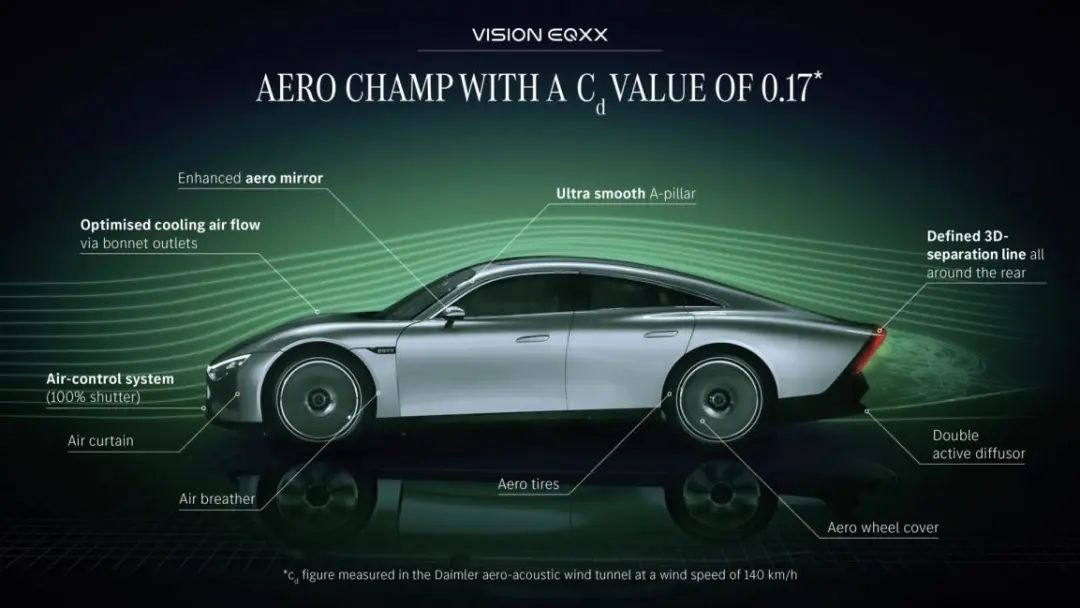 “In the production process of fuel vehicles, we can control all aspects and continuously set new market standards. Now, we bring our successful experience into the era of electric vehicles, software-driven systems and continuously promote highly vertical integrated systems.”
“In the production process of fuel vehicles, we can control all aspects and continuously set new market standards. Now, we bring our successful experience into the era of electric vehicles, software-driven systems and continuously promote highly vertical integrated systems.”
These closed-loop systems explicitly include Mercedes-Benz’s independently developed electric motors, batteries, battery management systems, software and intelligent driving assistance systems, as well as the MB.OS operating system.
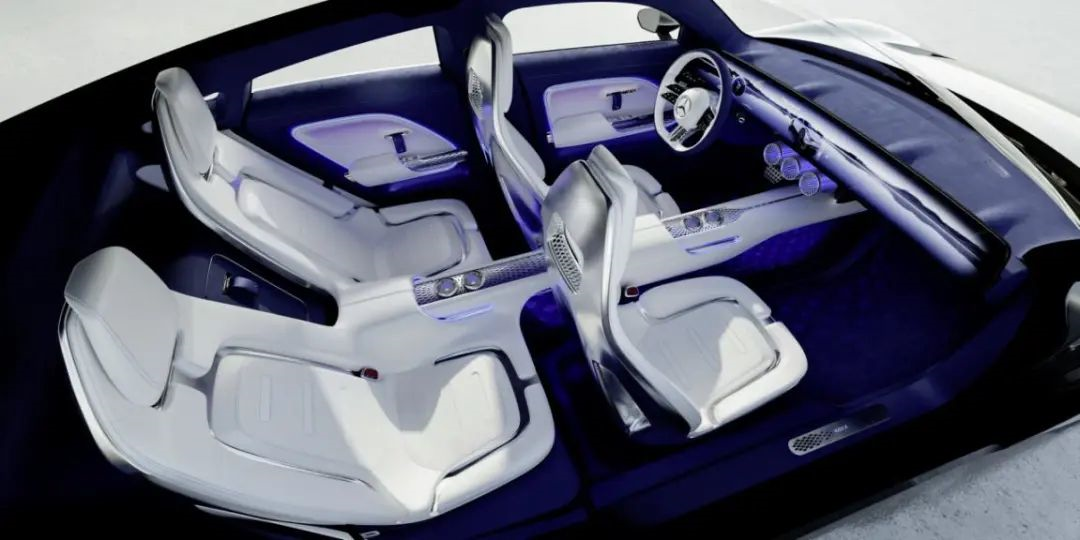
These plans seem ambitious, but we also know that pushing any of them to the top of the industry requires tremendous effort and resources. To this end, Mercedes-Benz has also made great transformation determination.
Sven Ennerst said, “To achieve closed-loop systems, we are also hiring more software engineers and adding 3,000 related positions worldwide, and there are already 10,000 software engineers in relevant fields.”
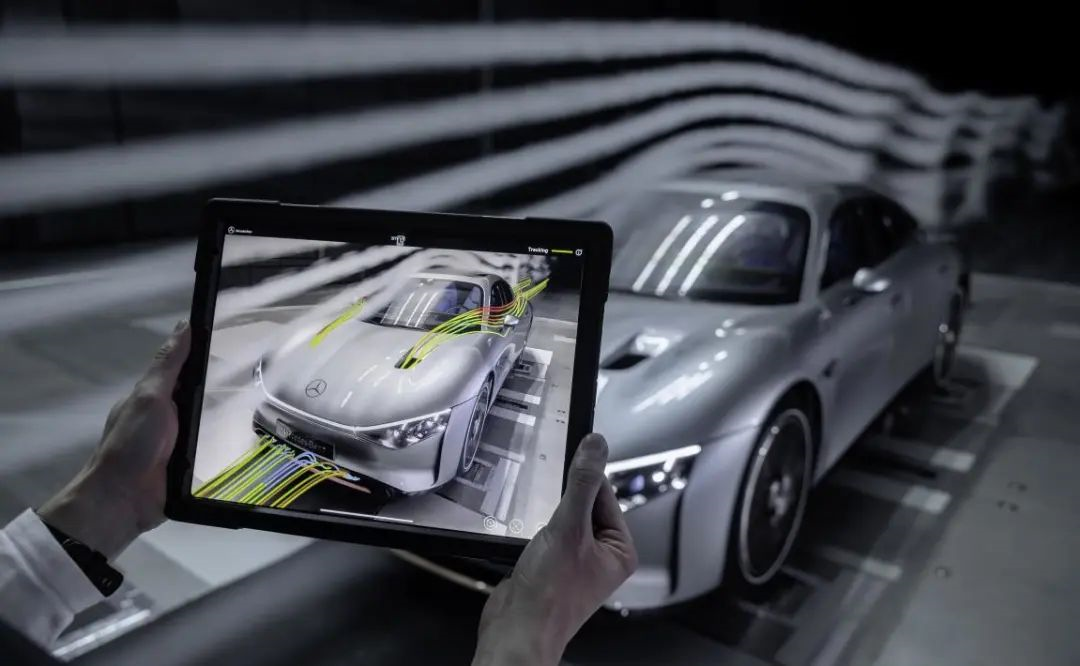
Fortunately, Mercedes-Benz has enough “popular base” and market size to support this transformation. “Globally, we have connected 6 million vehicles and enabled OTA remote online upgrades for vehicle owners. With the latest intelligent connectivity technology equipped in newly launched models and the continuous expansion of vehicle and machine connectivity product ownership, we will have richer data, continuously optimize systems, and launch new product features for customers.”
Integration into China
Someone previously said that when Chinese media ask questions, they will definitely involve China.
In the era of intelligent electric vehicles, I believe that no automaker can bypass China and not discuss it.
It is not just because China has become a fertile ground for technological innovation, but also related to China’s complex and highly localized software service ecology. An automaker that wants to continue to thrive in the Chinese market needs to better adapt to Chinese demand and take the fast lane of Chinese R&D.
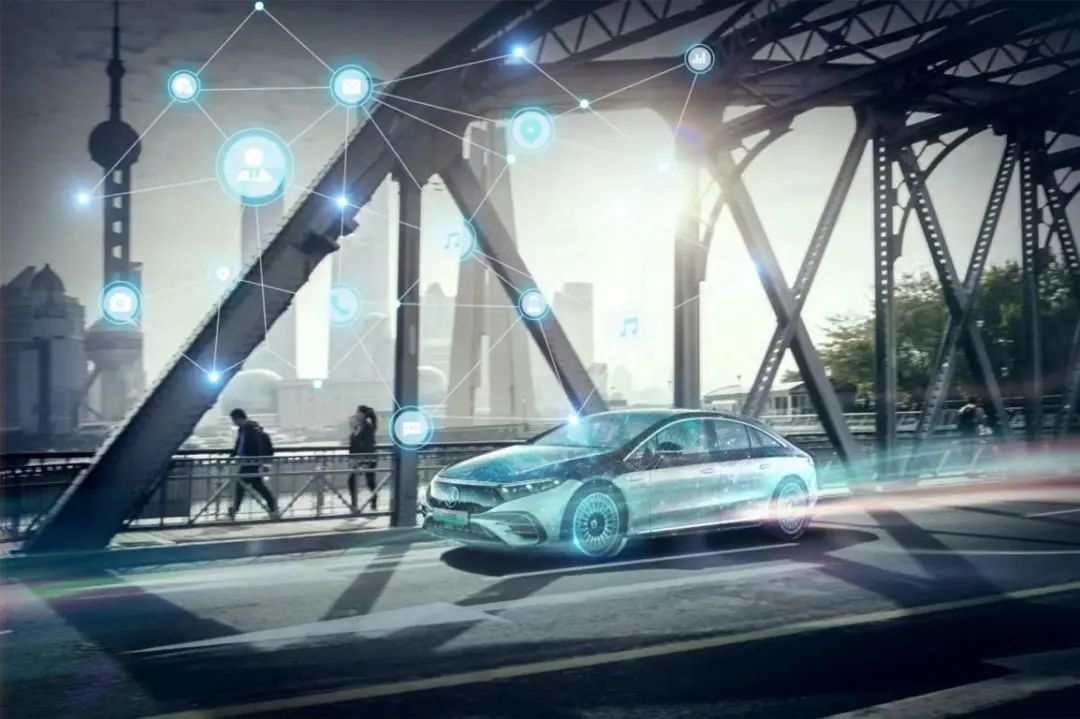
Looking at the current proportion of Mercedes-Benz products, Mercedes-Benz’s factories in China have achieved a high proportion of local procurement, especially in pure electric vehicles, where batteries and cells come from Chinese companies in large numbers.
This emphasis on Chinese suppliers will also run through the next stage of Mercedes-Benz technology breakthroughs.
Sven Ennerst said, “For Chinese customers, the applications and software we provide need to come from China because this is the software and applications that Chinese customers are familiar with and accept, and it is also the most suitable for their needs.”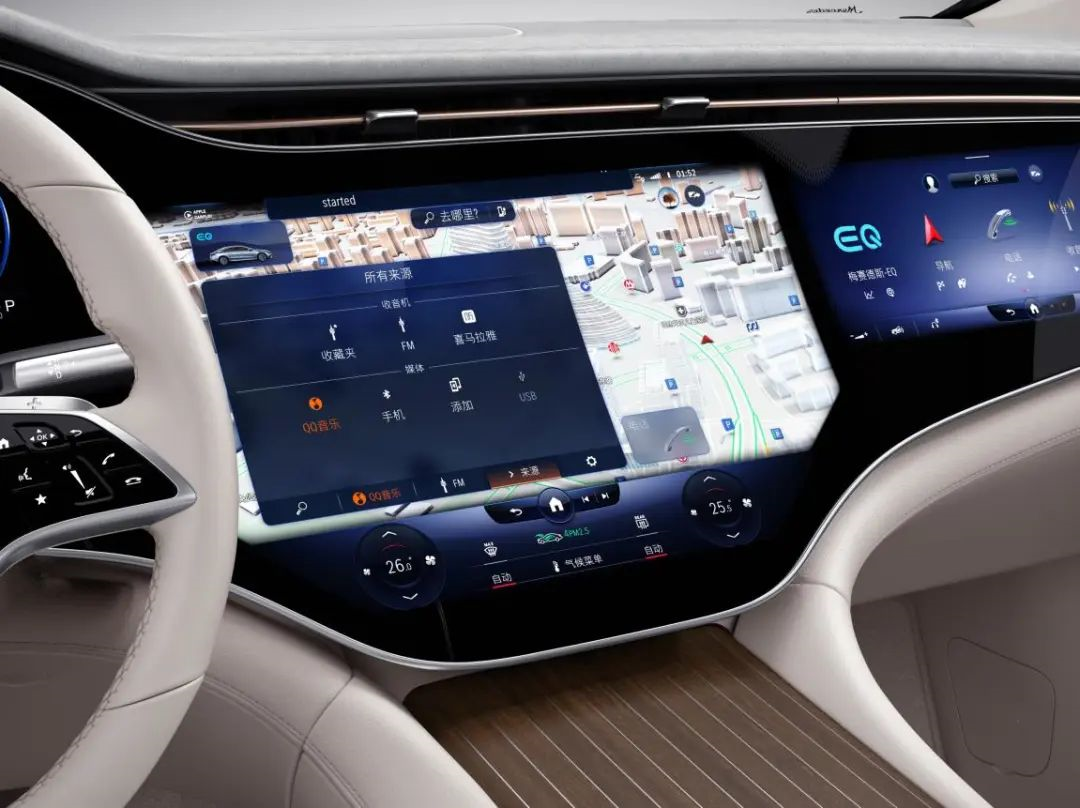
“Not only applications, but also middleware will increasingly be procured from Chinese technology companies, because they have very powerful innovative capabilities and have a large number of creative and cutting-edge solutions. For example, the navigation system equipped on Chinese models is from China.”
But this is not a simple “procurement-loading” engineering model. This means that Mercedes-Benz will have a deeper understanding of user needs, integrating the Mercedes-Benz’s own R&D system with services and experiences from various different concept suppliers in the digital field. It not only means that software content innovation from other parts of the world will be integrated with Chinese technology in this process, but Chinese technology also has the opportunity and ability to be integrated into Mercedes-Benz products to build core user experiences.
The traditional era has passed.
With the disappearance of the VISION EQXX concept car, the entire time rhythm cycle around the concept car is gone forever, including the traditional “concept car”.

In the past, the time scale from concept to realization was often measured in years.
People are accustomed to seeing concept cars at auto shows, going home happily, and then seeing mass-produced cars a few years later, and then seeing the old style of mid-term facelifts a few years later.
“The times have changed, old man,” this popular saying has also begun to echo in the auto industry.
Looking at the 2024 node, the MMA platform will mass-produce most of the advanced technologies used in the VISION EQXX concept car, to a certain extent, even more advanced than Mercedes-Benz’s currently available higher-level electric vehicle products. How does Mercedes-Benz view this issue?
Xue Fuming said: “The model of new technology being applied first on S-Class cars, and then gradually landing on E-Class and C-Class cars, has ended. Nowadays, the speed of innovation and technological development is so fast that we will not wait for the next generation of S-Class to come out before applying the most advanced technology.”
Just as the software’s advocated and represented free update and rapid iteration, the same philosophy will also appear in Mercedes-Benz’s electric technology upgrades. “No matter what level of model, as long as we develop the most advanced technology, we will continuously upgrade our products.”
Existing models will also say goodbye to the history of waiting for the next mid-term facelift or replacement to get updates. “At the same time, the S-Class will never stand still, but will continue to develop and evolve.”
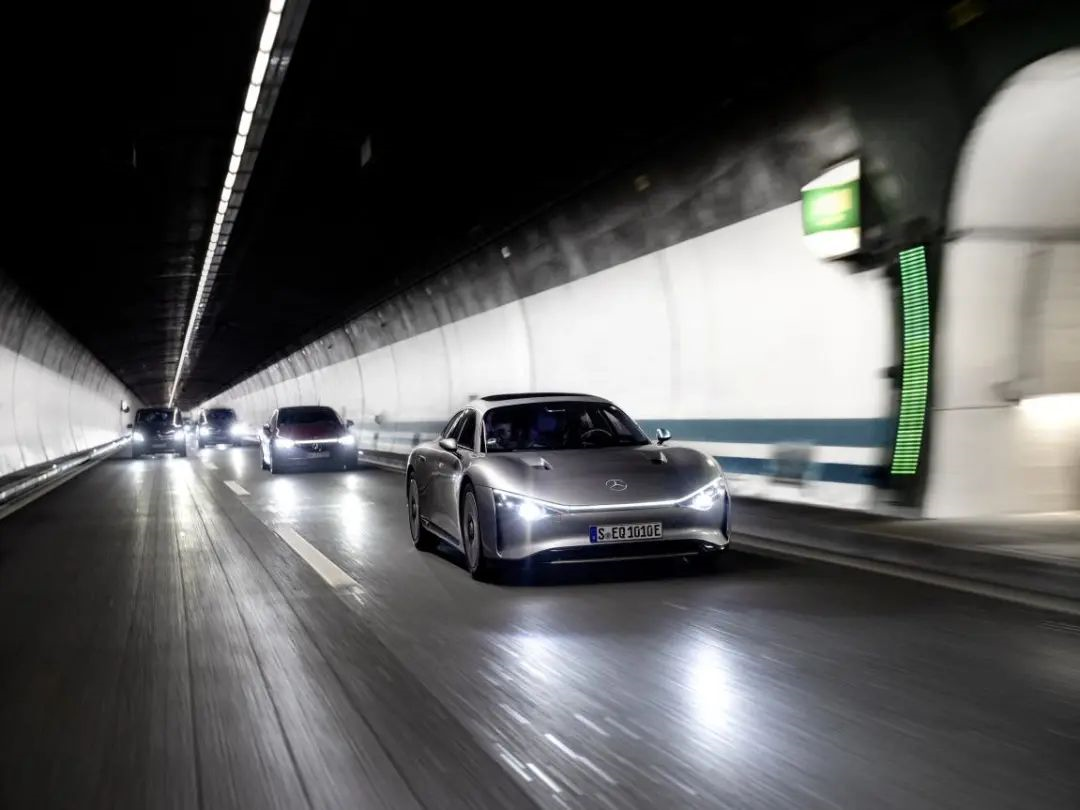 The concept of dual-wheel drive is also a new interpretation here. Whether it is a newly developed model or a stock model on sale, it will become the best carrier of new technology, bringing new experiences to users through continuous updates.
The concept of dual-wheel drive is also a new interpretation here. Whether it is a newly developed model or a stock model on sale, it will become the best carrier of new technology, bringing new experiences to users through continuous updates.

After figuring out how to write, it took only 50 minutes to finish this article.
Everything works this way. Once the direction is clear, the speed of execution will be astonishing.
We don’t yet know how many surprises Mr. Xue Fuming will bring us in the next few years.
But remember to give Mercedes-Benz a thumbs up, a comment, and a share.
This article is a translation by ChatGPT of a Chinese report from 42HOW. If you have any questions about it, please email bd@42how.com.
